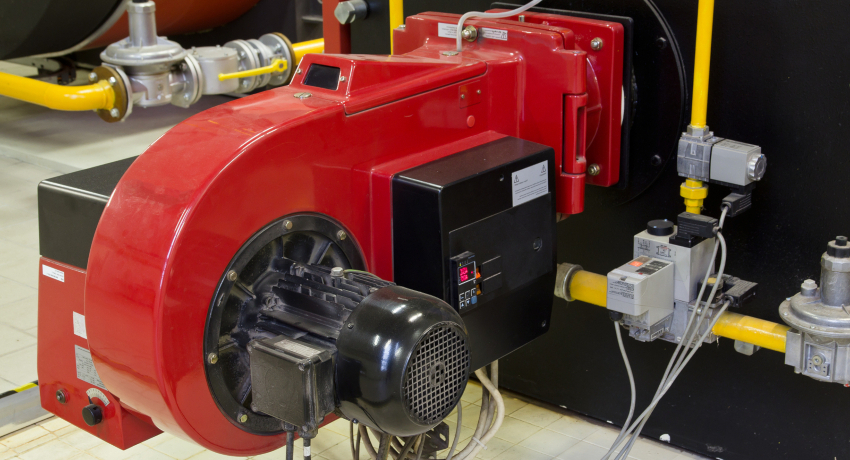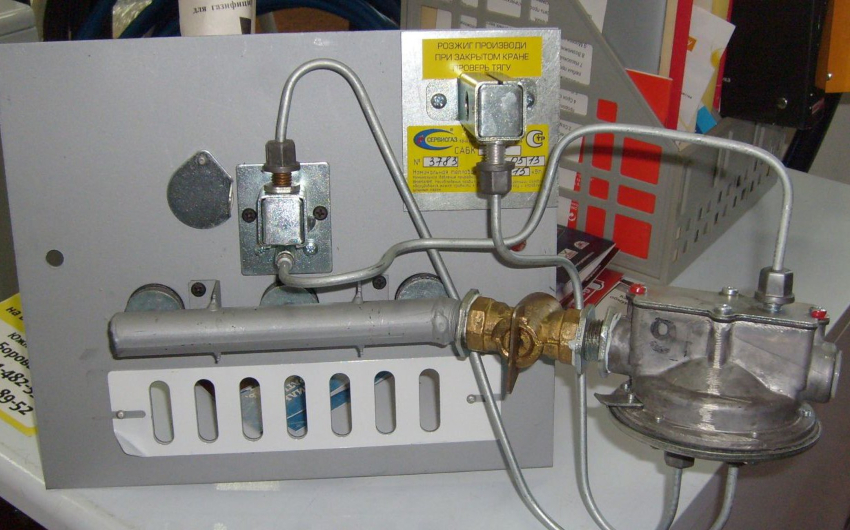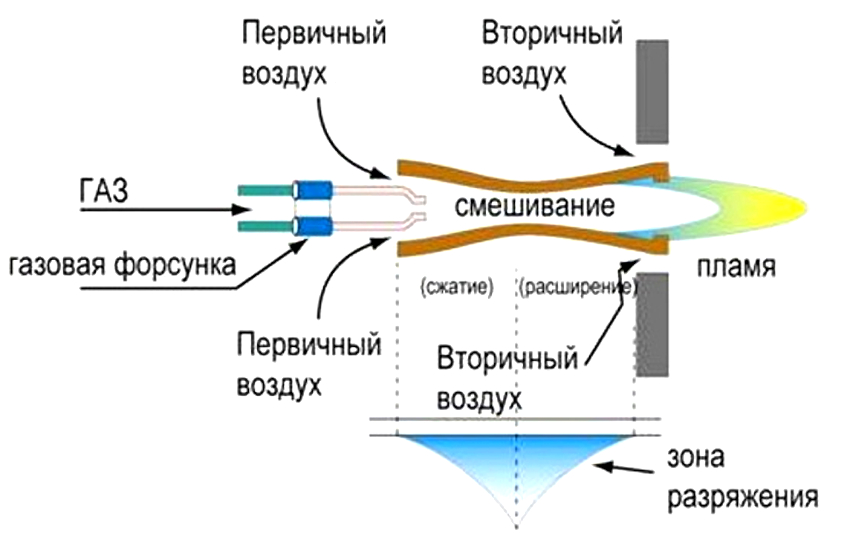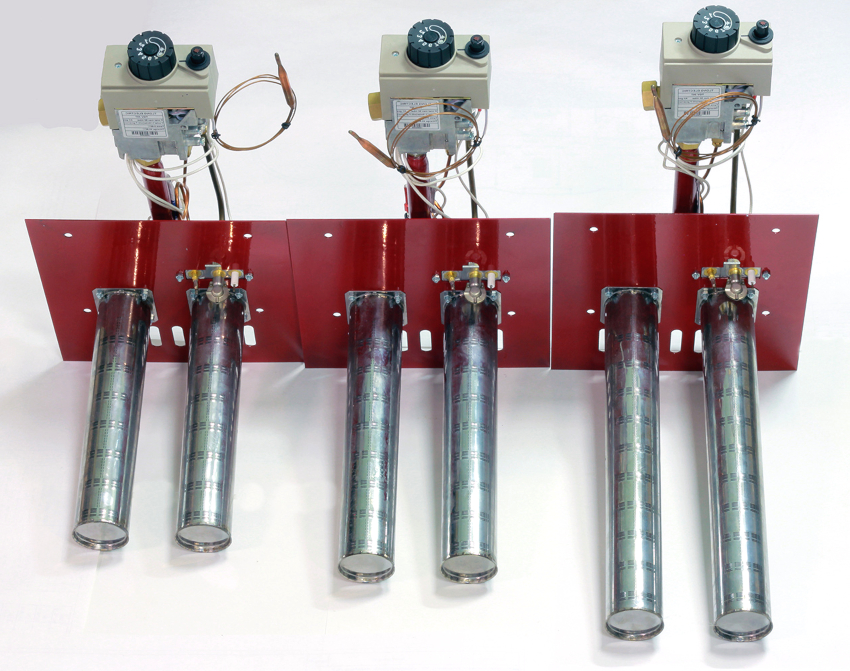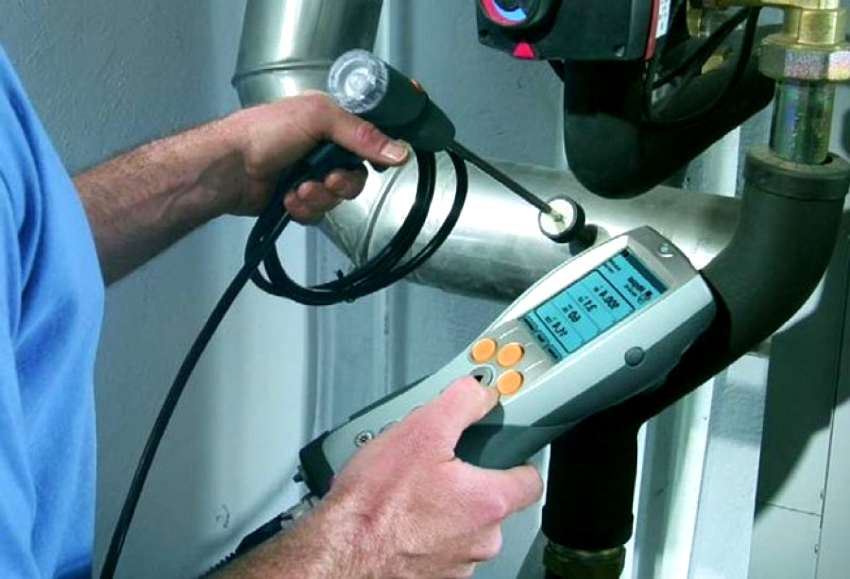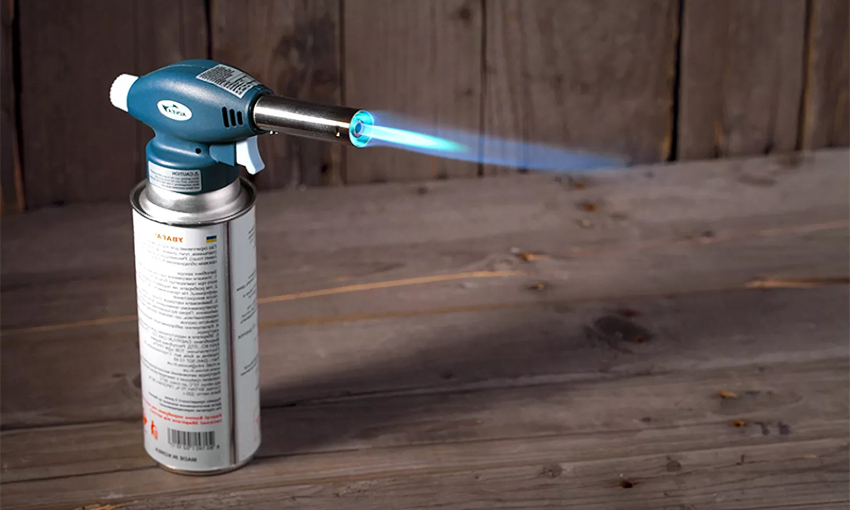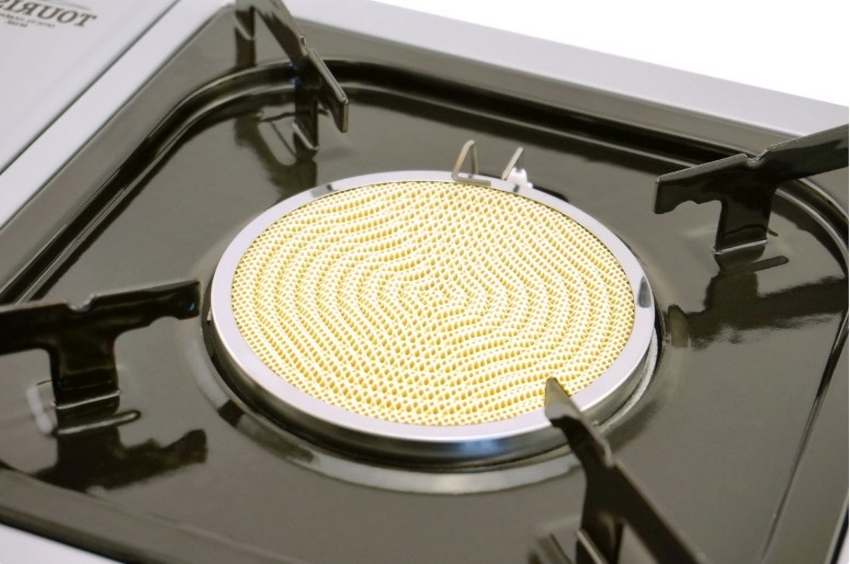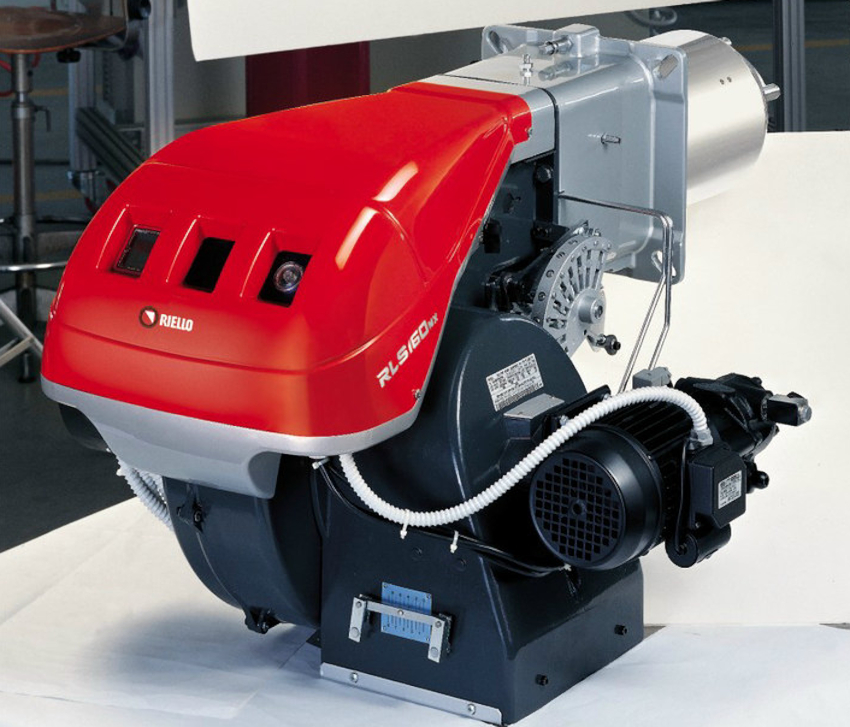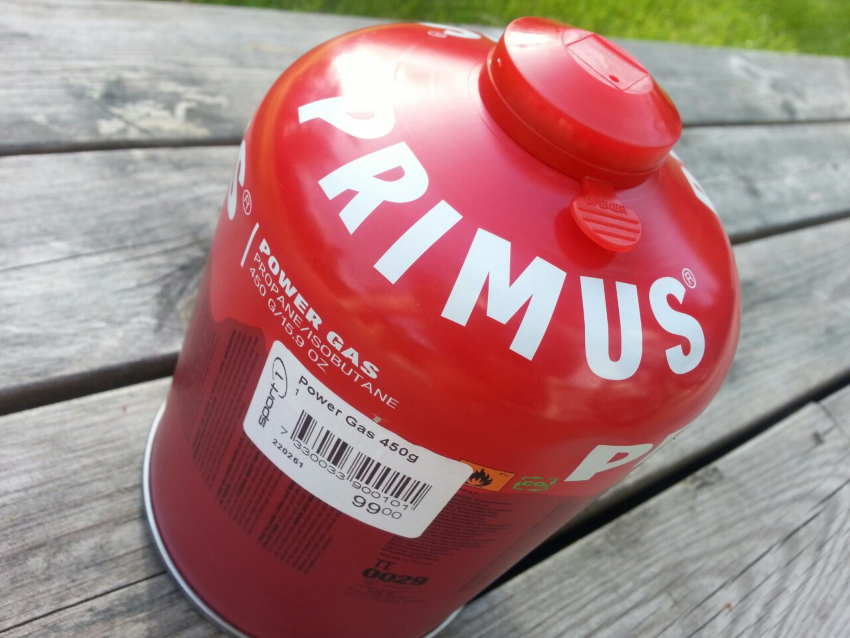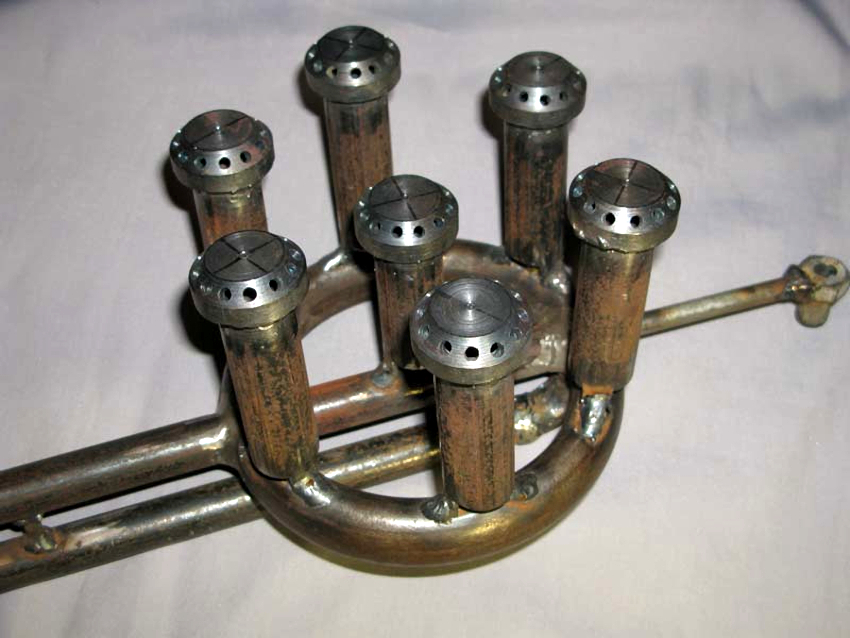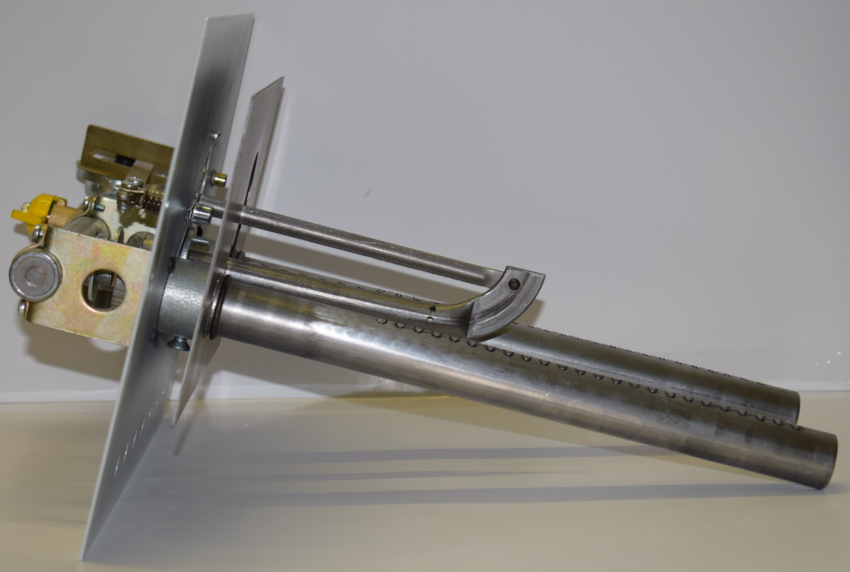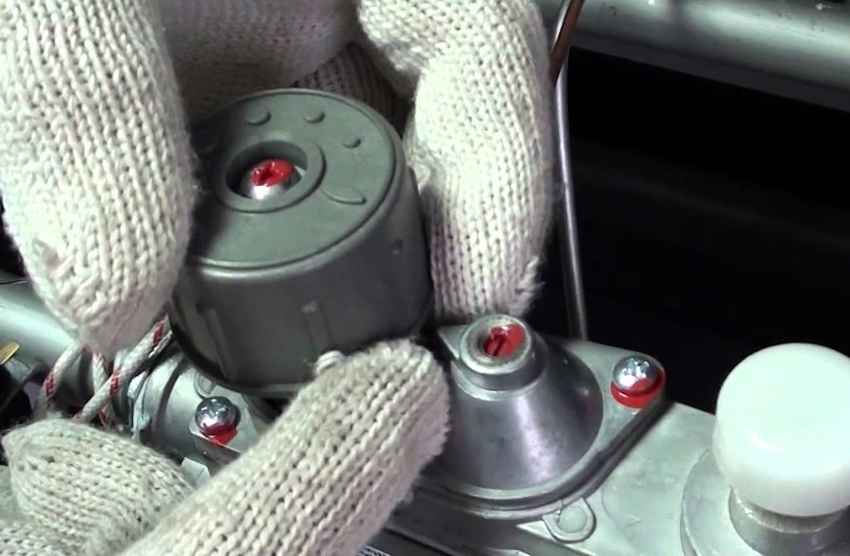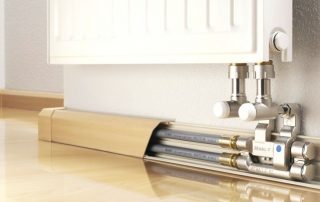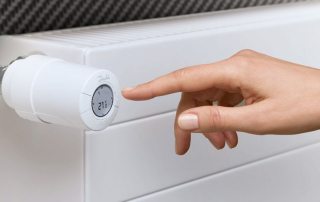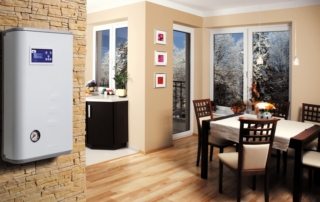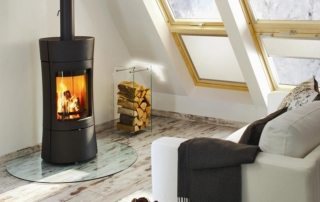Gas burners for boilers provide combustion of fuel to generate heat energy. In fact, these products, together with a heat exchanger, are the main part of a gas-fired unit. The simplicity of design does not negate their versatility and functionality. It is very important to have an understanding of the boiler burner design in order to choose the right heating equipment at the time of purchase.
Content [Hide]
What is a gas burner and what does it consist of
Any device designed to burn liquid and gaseous fuels has a main unit - a burner. She is responsible for the formation of a uniform flame. The fuel mixture can be of different qualities, but a well thought out method of fuel delivery will ensure complete combustion of any combustible mixture.
The most important indicators of a high-quality gas combustion device are silent operation and the absence of emission of harmful compounds when burning fuel, in particular carbon monoxide. A modern household gas burner for a heating boiler is a simple device that has gone through a long modernization process. Some of the older structures produced in Soviet times made a lot of noise and were far from safe, especially in strong winds.
Many parameters, including the noise level, are influenced by the design features of the combustion chambers. In new types of burners, much attention is paid to the convenience of ignition and uniform flame supply. The design features of a gas burner for space heating are very simple:
- ignition of gas is provided by the ignition system;
- the gas ignites in the nozzle;
- automation is designed to control the main indicators: temperature, gas distribution uniformity, emergency shutdown;
- the presence of fire is monitored by a special "flame detector".
From the premises, by-products of gas combustion must be discharged outside so that harmful impurities do not fill the space. A chimney with good draft is required to remove the gas. This is the only drawback of gas heating.The gas burner device itself is constantly being improved, including the following indicators:
- heat generation schemes;
- rational oxygen supply;
- ways to remove soot and carbon dioxide.
Gas burners for boilers: basic requirements and operation scheme
The heat released during the combustion of gas is concentrated in a heat exchanger, from where it is transferred to the heat carrier. Together with a small amount of heat, part of the combustion products is discharged into the atmosphere. A chemical reaction of heat release occurs: at high temperatures, the combustion gas combines with oxygen coming from the air. The principle of operation of a gas burner is based on the combustion of gas and the release of heat. Water vapor and carbon dioxide are by-products of a chemical reaction associated with heat production.
Hazardous substances include nitrogen oxide, carbon monoxide and some resinous components. Because of this, special requirements are placed on the hood and chimney - good draft is important.
According to modern requirements, in any mode, gas burners for heating boilers with automation (and other types) should be of low toxicity. It is required that during the combustion process only weakly toxic gases and a small amount of soot are released, which is a general condition for the use of most types of raw materials for heating.
Basic requirements for a boiler burner:
- availability for self-installation;
- clear design diagram;
- long period of operation;
- operational reliability;
- insignificant noise threshold;
- convenience of switching modes;
- the ability to work on a different type of fuel;
- complete gas combustion;
- high environmental performance (few harmful combustion products are released).
Useful advice! In order to extend the service life of the equipment, carrying out timely repairs of the gas burner for the boiler, it is important to purchase components only from trusted manufacturers.
As you know, a cheap product indicates low product quality and a short service life. Often, repairs are impossible, especially if there is no warranty period and factory certificate. High-quality household gas burners for heating boilers are always on sale. Their price is quite acceptable for most consumers.
The main types and classification of gas burners
For a long period, there was no particular abundance of this type of product on sale. The simplest boilers, titans and gas water heaters were in short supply. The appearance of a gas burner for a boiler with automatic control was regarded as something fantastic. But these devices also required ventilation with a full-fledged chimney. Even mobile infrared gas-fired picnic burners are now being offered.
Modern fuel units are very diverse. Their advantage is the almost complete combustion of fuel and the absence of the release of toxic impurities during operation in closed conditions.
Traditional heating equipment is distinguished by its constructive variability:
- atmospheric boilers;
- universal;
- low temperature;
- turbocharged;
- fan;
- injection;
- gas burners with piezo ignition.
Hand-made devices are also far from uncommon. Homemade gas burners can be assembled using the drawings, diagrams and sketches of the masters, containing detailed descriptions, as well as watching the video.
Boilers have different types of flame ignition - with the help of a piezo lighter and with a spark when the electronics are triggered.
It is important! Piezo ignition - a single ignition, after which the flame is maintained in operating mode as long as there is a gas supply. This device should not be confused with gas stove burners (nozzle with a diffuser) and grill.
Electronic ignition must be triggered when the supply valve is started: the gas is ignited by an electrostatic spark. This option is considered the most economical and reliable, but in the event of a power outage, the boiler is often idle (if there is no alternative way to ensure it is turned on).
Gas burner with piezo ignition and other methods of maintaining the flame
The variety of burners is determined by a number of features, including the method of air injection and the design features of the furnace itself, which can be:
- open (air comes from the heated room, supply ventilation is needed, combustion products are discharged into the chimney);
- closed type.
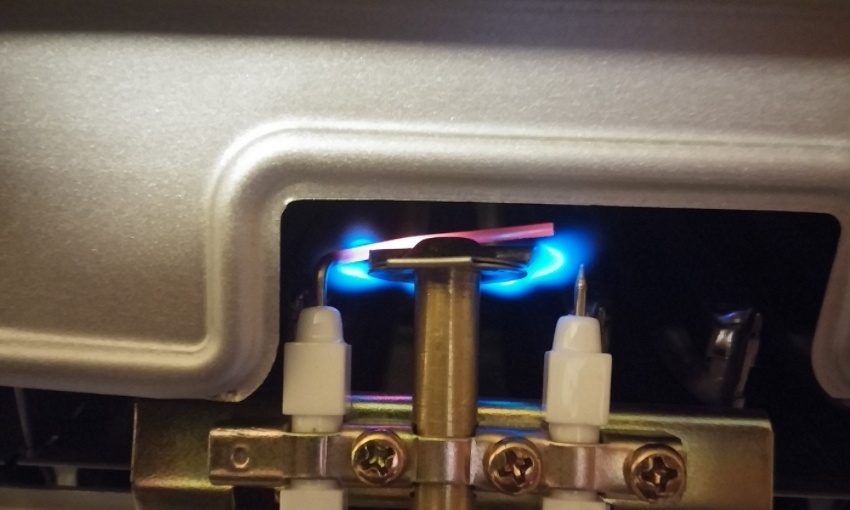
Having found that the ignition does not work, first of all you need to check its connection to the mains
Low temperature gas burners (atmospheric) are mainly used in open furnaces. They are distinguished by a simple device and a well-functioning principle of operation. The gas is supplied to the wick by means of an ejector. In this case, the air comes directly from the boiler room, where the heating equipment is installed. During ignition, small low-temperature flame tongues are visible.
This type of gas burners for furnaces and boilers is distinguished by its low noise level, availability and versatility. A similar device can be adapted for combined fuel furnaces, modern specialized equipment and primitive old-style boilers.
The principle of operation of a gas burner with piezo ignition is quite simple, especially if the operating parameters of the heating circuit are set. The sensor detects a decrease in temperature, the stop valve and ignition are triggered. The blue fuel entering the burner ignites, generating heat.
The control of the flame in gas equipment takes place in different ways. In some units, everything looks very primitive, others are equipped with electronics. Sometimes complex schemes are used even when modernizing old equipment using a do-it-yourself gas burner for a boiler.
Attention! If this is an inexpensive burner, then, in all likelihood, it includes the simplest thermoelement, which will require an early replacement.
Advanced boilers with smart options are equipped with an ionisation controller that is sensitive to changes. This ensures that the gas is shut off if the flame goes out and there is not enough oxygen for the combustion process (fuel runs out).
Electronics also react to increased levels of impurities in the lightest fuel and combustion by-product. The gas will be shut off (this is thought out in the SABK gas burner), and the ventilation will start working at full capacity.
Useful advice! Before cleaning the burner of a gas boiler, it is important to understand its structure by studying the technical documentation containing a description of the operation. Each type of product has its own design differences.
Burners for atmospheric boilers and manual gas burners
Work due to the flow of oxygen in a natural way gives a full combustion of fuel, the removal of combustion products is carried out through a conventional chimney. The operation of the equipment was simplified with the use of atmospheric-type devices and special nozzles for gas burners.
Attention! The only condition for the operation of the device on oxygen taken from the heated room is excellent supply ventilation.
Important advantages of boilers with atmospheric gas burners:
- independence from power sources, which is important when working in rooms without electricity;
- high reliability (no complex assemblies requiring frequent repairs);
- low noise threshold;
- constructive simplicity;
- affordable price.
Important! Information for those who are interested in how much a gas burner of the simplest sample costs - its price starts at 250 rubles. And the cost of the gas burner ugop-P-16 "Ugolyok", for example, is approximately 1000 rubles.
The disadvantages of atmospheric units include:
- the need for a full-fledged chimney that removes smoke and fuel suspension outside;
- relatively low efficiency (compared with modernized samples);
- the probability of incomplete combustion of fuel with a lack of oxygen;
- the complexity of adaptation to other heat sources;
- the need to install fresh air ventilation or a small window.
Helpful information! Electronic ignition burners require a mains-operated high voltage converter. In this they differ from such simple devices as manual gas burners.
The use of ejector burners in finished and converted boilers
The ceramic gas burner combi boiler justifies the cost with its versatility, although it is considered an expensive option. Far from budget equipment has a lot of advantages, including autonomous furnaces:
Related article:
Gas boilers for heating a private house: how to choose and install
Types of boilers. Varieties of gas boilers, their features, replacement and installation. Top 10 gas boilers.
- for solid fuel;
- with a gas burner.
With such equipment, you can easily switch to coal and firewood, usefully dispose of any organic matter. This is a good opportunity to save on gas, especially in a private house, where there is always an opportunity to find something for recycling.
To supply gas to burners, additionally equipping them with automation, wood-burning boilers are often equipped with special nozzles or wicks. For these purposes, a simple atmospheric or ejector burner (with air suction) is suitable. At the same time, the entire boiler does not need to be altered, since the rest of it functions according to the same principle: fuel is burned in order to obtain thermal energy for heating the coolant.
Useful advice! For old domestic equipment, atmospheric-type gas burners are more suitable, since complete tightness cannot be achieved in them due to their design specifics.
Equipment for automatic support of the combustion process in combi boilers can be purchased additionally if you need to convert a wood-burning furnace into a gas boiler. Some models of solid fuel boilers, including pyrolysis ones, are equipped with a gas burner, the flame of which is necessary for ignition.
Fan or inflatable forced air burner
The firebox of some devices has a built-in fan (air blower). Its function is to force the supply of oxygen to the ignition chamber. In this case, the oxygen supply is forced, the volume is controlled automatically.
This is the need for closed-type chambers, where there is no free access of the air mixture, which creates conditions for a higher temperature of the gas burner. The lack of natural access is compensated by a simple fan-type device.
Such burners have their own pros and cons.But they are not so universal, since artificial injection has to be used, which requires additional energy consumption. An important advantage is that the fan devices are fully adapted to automate the operation of the boiler. In such models, a mixture of fuel and oxygen is obtained directly at the outlet.
Multiblock gas burners for space heating with air conveying by means of a fan have the following structure:
- fan relay that turns off the burner when the blade engine stops;
- pressure regulator;
- block filter;
- burner off / on valve (when pressure changes);
- fuel consumption option;
- reducer;
- uninterruptible power supply (needed in case of a sudden power outage, but not all devices have it).
Note! Inflatable or fan burners are often part of boiler room equipment with a fairly high automation threshold, which is necessary to avoid serious accidents.
The servo drive controls the position of the damper, so there is no need to adjust the burner and additionally monitor the operation of the boiler. The regulation of the portions of the incoming oxygen required for full combustion occurs automatically.
A significant disadvantage of this type of gas burner is the price due to the complex design of the product.
Gas burners are not suitable for "homemade" products, especially when they want to convert a solid fuel boiler into a universal unit, and its heat exchanger requires good insulation. The burners are volatile, most often they are equipped with a backup power source.
General classification of gas burners by type of fuel
It is not always possible to provide country houses with natural gas supplied from a common highway. Therefore, the variability of the burners is provided in terms of using different types of fuel. If the fuel comes from the gas main, most likely propane-butane gas burners are used for heating boilers.
Main gas-methane is the most affordable natural fuel for boilers. However, there is currently no big benefit in the price of liquefied blue fuel (propane-butane mixture). The general heating provided by the main pipeline is also expensive.
Gas boilers operating on different types of fuel mixtures have approximately the same design. There is a slight difference in cost, but it is also insignificant (equipment for liquefied fuel will cost more). The burners themselves are slightly different, with different nozzles for liquid fuel and blue gas.
Propane burners require adjustment for this type of fuel with the installation of a jet. When burning, the lights of the flame give off a yellowish color, soot accumulates more in the chimney. The jet is responsible for normalizing pressure.
Modern burners operate in a wide temperature range - from -50 to +50 ° C. Some of the equipment can be adapted for other types of energy sources:
- waste oil;
- diesel fuel;
- fuel oil;
- kerosene;
- propane butane base;
- arctic diesel fuel.
Modern devices often include both types of injectors or universal equipment for fuel varieties in the kit, which makes it easy to reconfigure.
Attention! Some craftsmen offer do-it-yourself gas burners for boilers (for solid fuel equipment).
It is safer to purchase simple gas equipment adapted for gas in cylinders. Homemade equipment, although more affordable, is not safe! Usually carry out "alterations" on the basis of old units.
Turbocharged types of gas burners and their design differences
Among modern gas equipment, many specialists prefer closed-type burners for turbocharged boilers. They are self-sufficient in constructive terms, they assume the presence of a compact chimney, which can be diverted even into the general ventilation with autonomous heating.
A heating unit with a special closed-type combustion chamber receives oxygen from the outside - through a special supply pipe (coaxial chimney). The combustion products are discharged in approximately the same way. The heating equipment is controlled by a sufficiently powerful fan with automatic control.
It is interesting! A coaxial chimney is a pipe-in-pipe device. The turbocharged boiler can even work in a bunker or other sealed room without windows and a ventilation shaft.
Such a device is much more expensive than atmospheric heating equipment. However, for an additional fee, the buyer receives a number of benefits, including autonomous operation in a residential area. This device, thanks to automatic control, has a high level of safety.
The turbocharged equipment has the highest efficiency and flexible temperature scheme. The fuel burns almost completely, which is important for environmental performance. Disadvantages are also noted, including structural complexity, which causes difficulties in installation and repair.
Gas burners for combined equipment are most often used in solid fuel boilers. This is a rather complex unit, so all units must meet certain requirements for efficiency and safety. The automatic device is capable of switching from one type of fuel to another for uninterrupted heat supply. According to this principle, pellet and pyrolysis boilers are arranged, equipped with gas for the burners, which activates the ignition process.
How to choose the right gas burner for a stove or boiler
Gas equipment, if misused, carries a certain risk. It is necessary to correctly select the furnace gas burner (key parts), and for this you need to have a general idea of the design differences between the devices. When buying, it is important to know what types the product is divided into according to the method of fuel combustion in the boiler:
- atmospheric burner;
- inflatable.
Not every manufacturer should be trusted; it is better to buy from authorized dealers who provide certificates and all technical documentation. In case of purchasing low-quality components or assemblies, there will be someone to make a claim.
Gas-fired heating equipment has different features, including the way of ignition and flame regulation. When buying, experts recommend paying attention to the following indicators:
- heat generator power;
- exactingness to the quality of the gas mixture;
- the possibility of automatic regulation;
- the authority of the company and the country of origin;
- price-quality ratio".
Burners for floor standing boilers are offered in the following versions:
- atmospheric;
- inflatable,
- piezo;
- electronic.
The burner can be selected according to the power settings:
- 1-stage;
- 2-stage;
- with a smooth transition;
- with automatic adjustment.
The flow of the gas mixture in different boilers is:
- straight-through;
- swirling (more powerful).
The most popular are gas burners for boilers made in Germany (Buderus, Vaillant), Slovak (Protherm) and Italian (Lamborghini). Among the products manufactured by domestic companies, the equipment "Lemarks", "Vakula" and "Conord" has proven itself well.Among industrial devices - burners of the "Impulse" series.
The duration and productivity of any unit depends on the correct choice and competent operation. Gas equipment is purchased not according to the principle where it is "cheaper" or "more powerful", but according to the type of boiler available.
